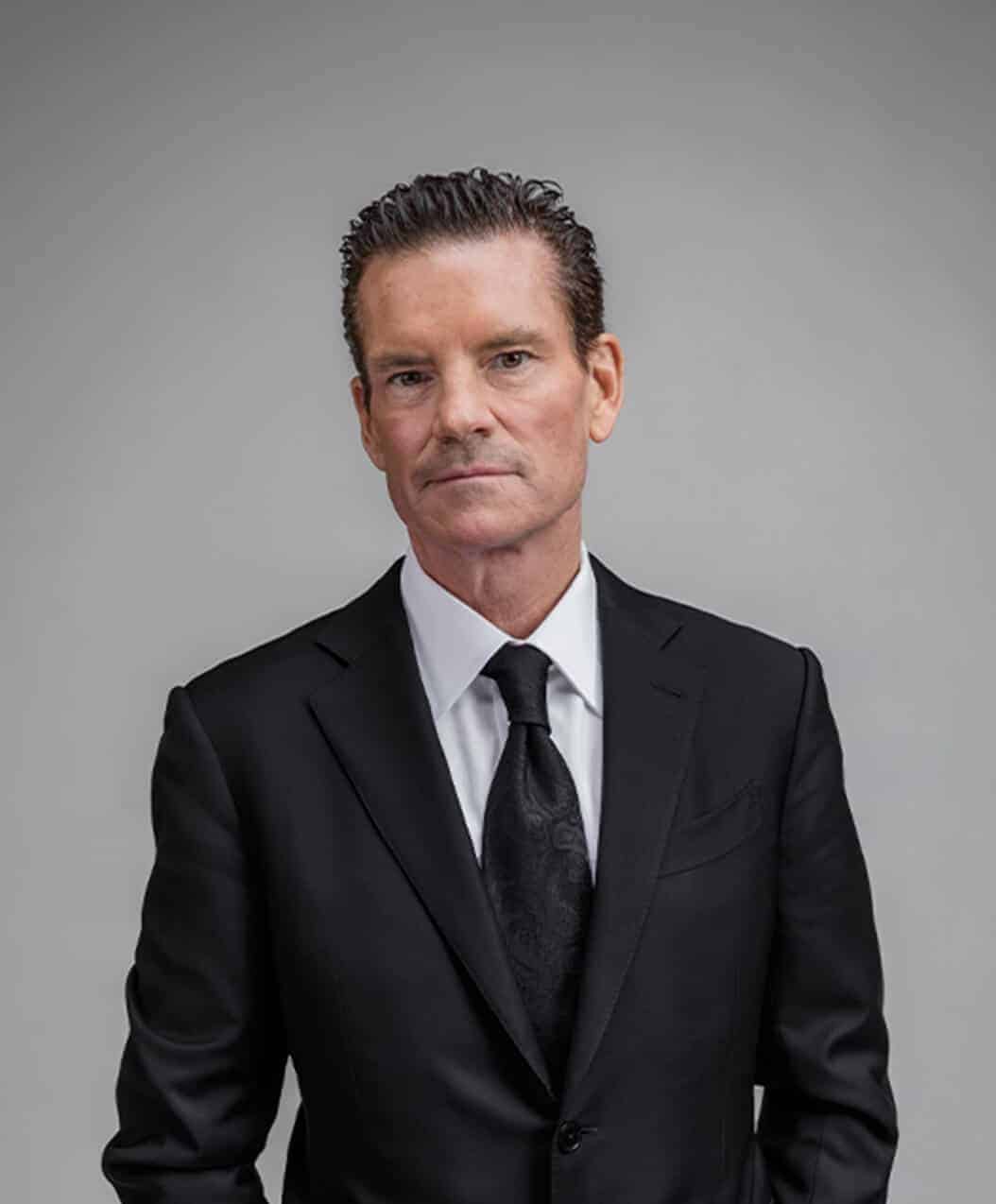January 19th, 2025
Dr. Mulholland, Md
Breast Augmentation is one of the most popular procedures women have done; it is consistently among the top five procedures every year, and for a good reason. A breast augmentation can completely change how your breasts look, from an increase in size, shape, and symmetry. Additionally, the modern methods of the procedure mean there are more options available to a patient than ever, while safety behind the procedure has never been higher. It has quite literally never been better to get breast augmentation in Toronto!
Before you undergo the procedure, however, there are some things you should take into consideration for how to prepare for breast augmentation surgery. Undergoing surgery of any kind is no small feat. While our skilled team at Toronto Plastic Surgeons will do everything in our power to make your experience as comfortable as possible, there is some breast augmentation preparation you can do to make the process even easier.
Here are some tips on how to prepare for breast augmentation surgery.
Two Weeks Before Surgery
Two weeks is around the time to begin preparing for breast augmentation surgery. While this may seem extensive, this timeline will allow you to get a great head start and prevent you from rushing at the last minute. Additionally, some of these steps require some adjustments and dietary changes, which may take time.
For starters, your “what to do before breast augmentation preparation” list should include using this time to recruit a friend, family member, or significant other to drive you home following your procedure. A designated driver to get you home is mandatory and does not include public transit options like a taxi or the TTC. Failure to have a designated driver present may result in the cancellation of your surgery.
It is also good to enlist a person to stay with you at home for the first 24 hours following your procedure to help you while you come down off the anesthetic and ensure no sudden complications arise.
It is also an excellent time to arrange at this point is potential for childcare and pet care services, should you require either by the time of your surgery.
Two weeks is also an excellent time to start preparing the method you will be sleeping in when it comes time for your surgical recovery. Sleep prep for breast augmentation is paramount to the proper healing of your procedure but may require some alteration if you are a side or stomach sleeper. Sleeping on the stomach and side can put pressure on the recovering breasts and cause pain, swelling, soreness, and a shift in the location of the implants.
When recovering from breast augmentation, the ideal position for sleep is on your back and at an incline of about three pillows. This inclines position allows fluid to stop pooling in your surgical area, reducing the pressure. It also makes it easier to get in and out of bed without having to use your chest or turn over. Getting used to this position can take time and effort, which is why it is good to get a head start, so you’re not making this adjustment while you’re trying to recover.
A good investment to make is a backrest pillow with arms, as it can allow for both a more manageable incline, and the arms can help prevent you from rolling over to your side and rolling up blankets or placing pillows on either side your works as well.
Two weeks is also when we recommend a patient ceases the consumption of drugs, alcohol (more on this later), certain medications (as advised), and smoking.
One Week Before Surgery
At this point, your surgery date is close enough that you can begin to make a shopping list for items you will want and need to help aid in your recovery process. Some of these items include
- Sensitive skin antibacterial soap.
- Stool Softeners or laxatives (Both anesthesias, as well as pain medication, may cause constipation; it’s better to be safe than sorry.)
- Pick-up/Grabber tools to prevent bending down.
- Loose-fitting pajamas and clothing. Shirts should be button-down or zippable, as you will be unable to lift your arms over your head.
- A bathrobe as a clothing alternative
- Activities to keep you occupied while on bedrest like magazines, books, and movies. If you are using a laptop, be sure it is on an elevated tray or position to prevent you from leaning too far forward.
- Easy to digest recovery foods like fruit, rice, crackers, soup, pudding, gelatin.
- Meal prep for breast augmentation recovery ahead of time can be convenient as well; be sure not to put prepared meals too low in the fridge or freezer that would require bending. Foods should all be no or low sodium to help prevent fluid retention.
24 Hours Before Your Surgery
In the final 24 hours before your surgery, you should already be pretty prepared, having followed many of the above tasks. There are just a few last-minute things you should ready yourself with before going under.
- Thorough showering and washing of hair with antibacterial soaps. This helps create a cleaner surgical surface for your skin, not to mention that you won’t be able to shower for a few days following your procedure, so showering before surgery will help you stay fresh as possible until this time.
- Going to bed early and having a good final night of sleep to be well-rested for your procedure.
- Skip any medications as advised by a doctor, including Tylenol and herbal supplements.
- Do not wear contact lenses to your surgery, and leave any jewelry at home.
- Wear loose-fitting clothing with buttons or zippers to prevent the need for lifting your arms.
Eating and Drinking When Preparing for Breast Augmentation Surgery
The food you put into your body directly correlates to how your body runs; this is true every day of your life, especially when preparing for breast augmentation surgery or any surgical procedure for that matter.
This doesn’t mean day-of foods either; in the weeks leading up to your surgery, your diet is essential, and there are some foods to avoid before breast augmentation.
Certain foods can directly link to how well your body interacts with anesthesia, including how well it can be metabolized into your system, as well as the duration it stays in your body. A poor or improper diet can lead to the anesthetic hitting your system harder and leave you feeling groggy for an extended period in the days following your procedure. Contrarily, an adequately monitored diet can lead to the after-effects to dimmish quickly, allowing you to recover more easily.
Within two weeks before your procedure, it’s best to avoid foods high in omega-3 fats and spices like ginger and garlic, as all these items cause increase the chances of bleeding during your surgery.
One week before your surgery, it’s best to avoid foods that contain what is known as SGA’s (solanaceous glycoalkaloids); this compound can create a delay in the way anesthesia breaks down in your system prolonging its stay in your system, even in small doses.
While you may not have heard of SGA’s before, it is a relatively joint natural compound found in items like tomatoes, potatoes, eggplants, peppers, cherries, and beets.
The day before breast augmentation surgery, within the 24-hour mark, it is good to avoid foods that are higher in fibre. While you would ordinarily want a higher fibre diet in your daily life, foods like vegetables, fruits, grains, and legumes can be slow for the system to digest and thus remain in your digestive tract while undergoing surgery.
Following your procedure, it’s a great idea to return these higher fibre foods into your diet as soon as possible, as constipation can be a common occurrence following a surgical procedure with an anesthetic.
The guidelines have changed slightly over the years when it comes to liquids. You may be familiar with the terms that no liquid can be consumed within 24 hours before your surgery.
However, The American Society of Anesthesiologists now says that clear liquids such as water, apple juice, Gatorade can all be consumed two hours before surgery, as can hot drinks like tea and coffee so long as they do not contain dairy, as it contains fat which can slow the digestive tract.
The reason for the prior outright ban of liquids was based on an outdated guideline from the 50s, where overconsumption of liquid could trigger vomiting during a procedure. This is less of a concern in modern surgeries, as tubes are now used to maintain a constant open airway for the patient.
Alcohol Before Your Surgery
Before your procedure, it’s best to avoid the consumption of alcohol.
Having alcohol in your system within 48 hours of your surgery can create significant risks for your safety both during your procedure and your recovery, potentially being life-threatening in some cases.
Firstly, drinking before breast augmentation surgery, or any surgery that involves anesthesia for that matter, is dangerous. A general anesthetic is a powerful compound that suppresses some of your functions, such as heart rate, blood circulation, and breathing. The problem is alcohol does the same thing.
Having alcohol in the system can throw off the anesthesiologist’s carefully measured balance of anesthetic. Both these substances metabolize themselves within your liver, and the combination of the two may prove too strong for your liver to keep up. Additionally, the combined effects increase risks for nausea and vomiting both during and after your procedure.
Alcohol also thins out the blood, preventing the body from naturally clotting blood loss, which increases your risk of uncontrolled bleeding during a procedure. Not only does this increase risks during the procedure, but it will also lead to worse swelling and bruising following your surgery.
If, for some reason, you have alcohol in your system on your surgical date; it is essential, to be honest; in the best case, the anesthesiologist may adjust your dosage accordingly; or the worst is that your procedure may be delayed. Both options are better than the potentially fatal alternative from withholding information.
Breast Augmentation at Toronto Plastic Surgeon
As we mentioned in our introduction, there are more options when it comes to breast implant sizes, shapes, and types. Here are some of the breast augmentation options we offer at our clinic.
Saline Breast Implants
Saline Implants are the most traditional form of implants, having been around for decades. This implant is interested as an empty casing, then filled to the desired size. This allows the surgical incisions to remain more minor since the casings are empty. Saline implants are also a great option, as the body can safely absorb the sterile contents in the unlikely event of a rupture.
However, one drawback to saline implants is they are less “authentic” feeling and can have a slightly noticeable rippling when performing any exercise after breast augmentation or other rigorous movements.
Silicone Breast Implants (Gummy Bear)
Silicone implants are one of the more breast implant types with far more authentic touch and feel than saline. The cohesive silicone gel within the casing does not move around and thus does not cause rippling when moving. However, the procedure is slightly more extensive as the entire implant needs to be inserted versus the empty casing of saline. Additionally, while they are far more durable than saline implants and much less likely to rupture, they can occur and thus require surgical removal as the body cannot absorb silicone.
Fat Transfer
Fat transfer breast augmentation is a procedure that can either be performed alone or in conjunction with saline and silicone implants.
During a fat transfer, fat is taken via liposuction from a donor area on the body that stores unwanted fat, such as the thighs and stomach. The taken fat is then placed into the breasts to give a natural boost to the size, shape, and symmetry. In some cases where the body has minimal body fat, multiple donor areas may be required.
When combined with an implant, the fat is placed over the top of the implant to create a fatty barrier, hiding rippling from the implant and giving it a natural surface feel. Many women prefer this option as it uses all-natural material from their bodies. However, when performed alone, fat transfers can only increase a cup size minimally compared to an implant.
Implant Removal
While almost all of our patients are thrilled with the results of their surgery, breast implant removal can be performed on a patient who seeks one. This may be to change out the implants (it is recommended to do so every 10-12 years), switch to a fat transfer, or remove them entirely.



